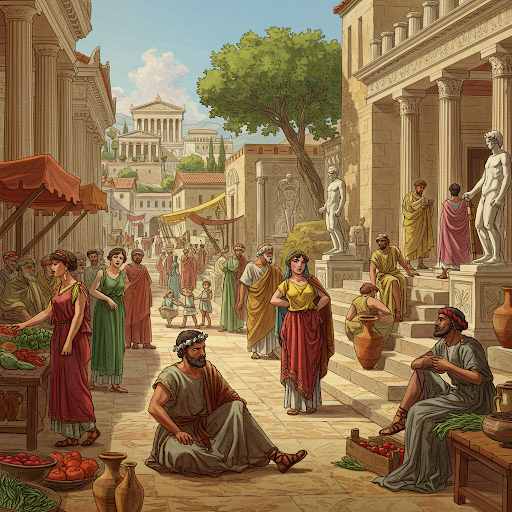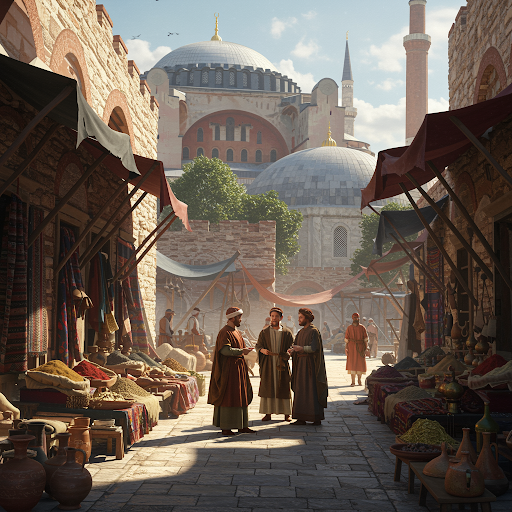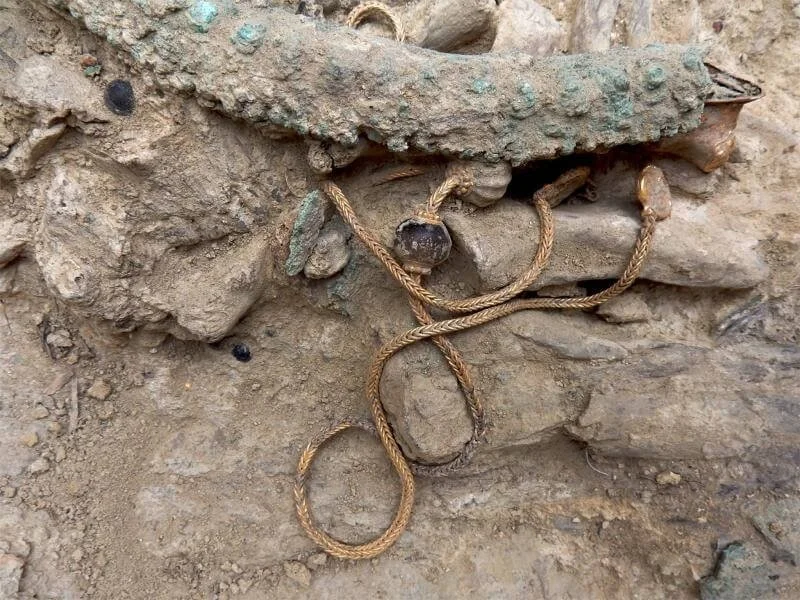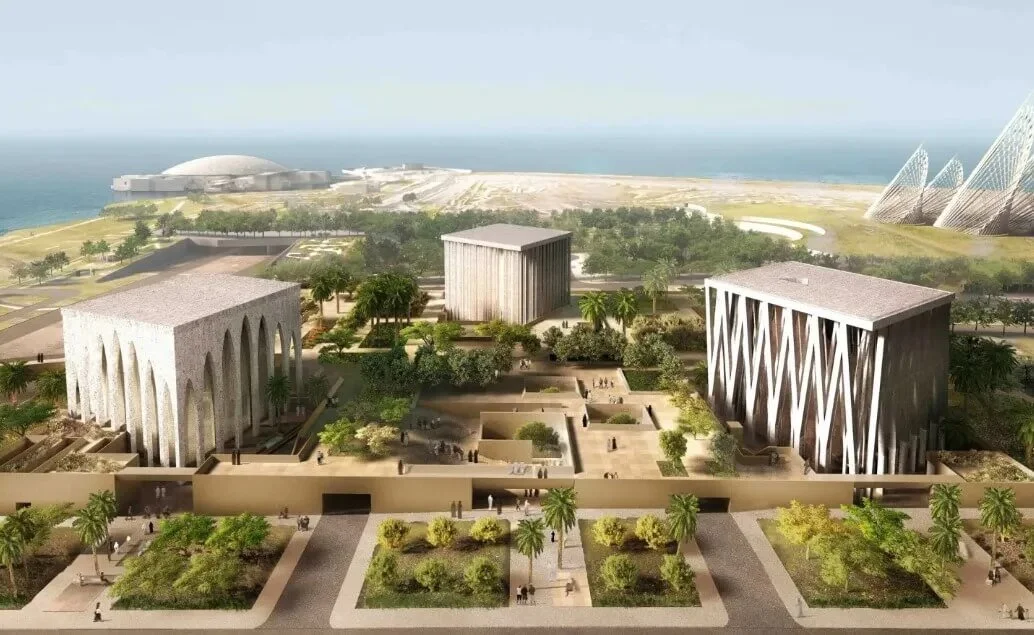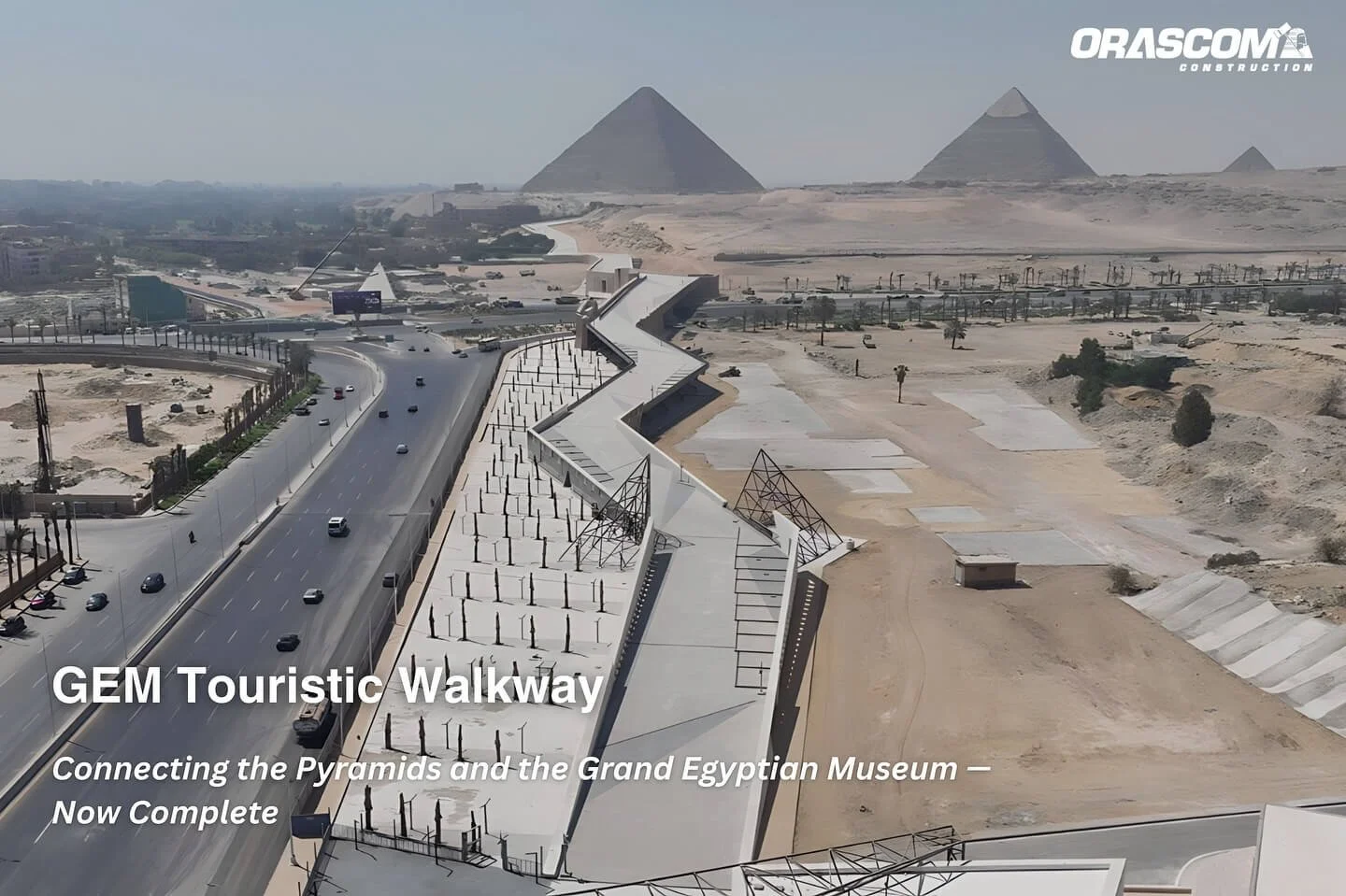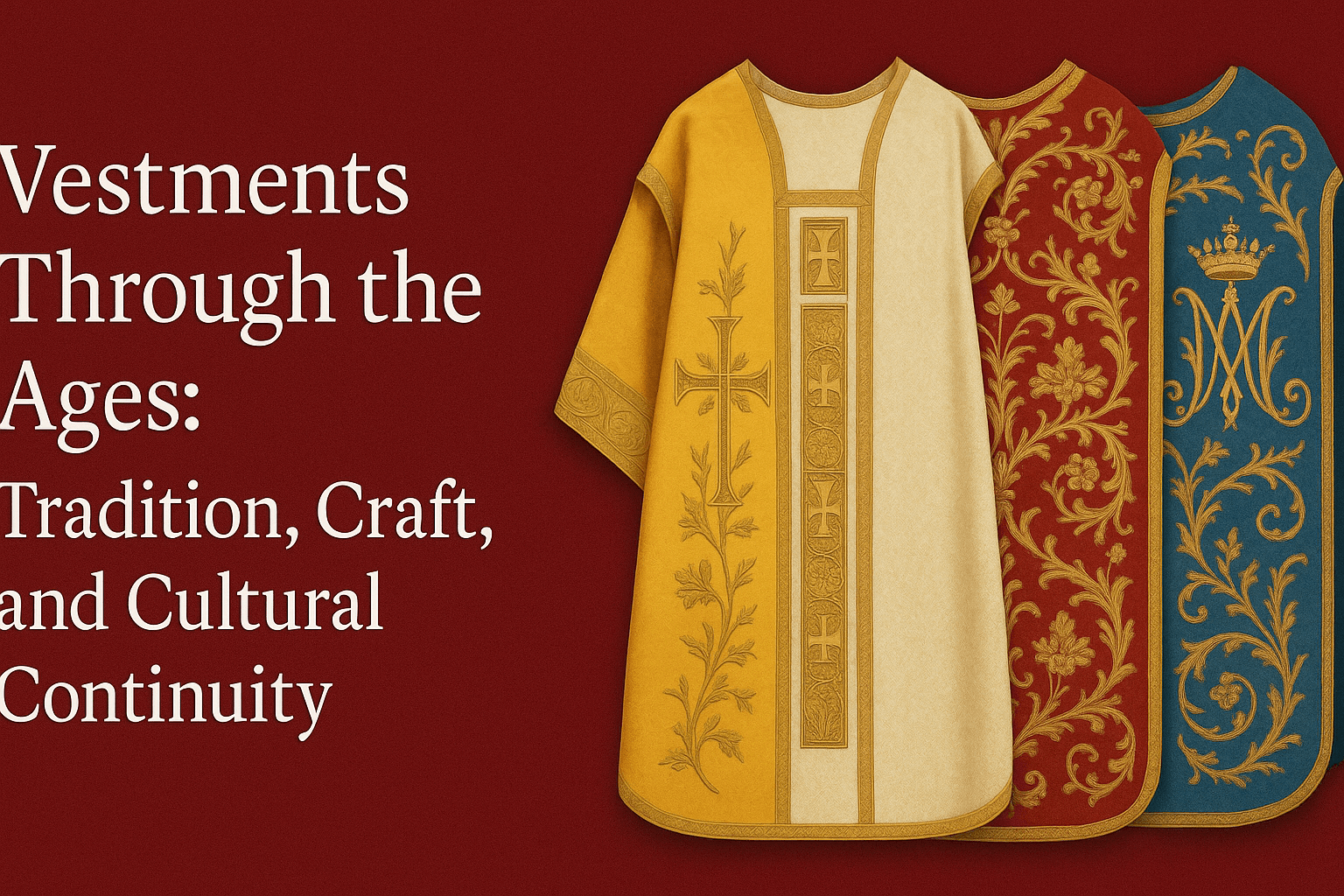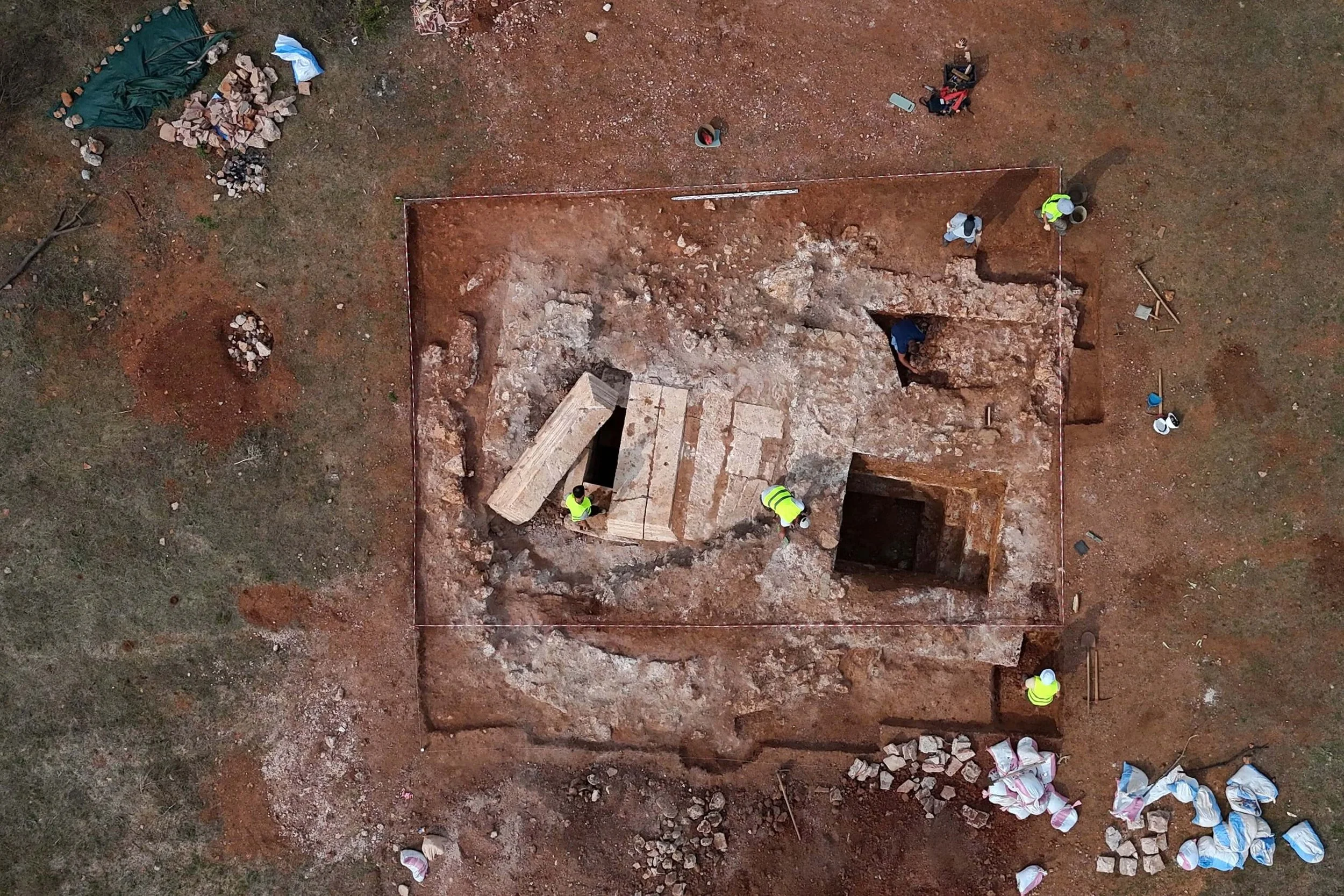A remarkable archaeological discovery in western Iran is shedding new light on early human history. Iranian archaeologists have uncovered evidence of human presence dating back between 40,000 and 80,000 years in Ghamari Cave, located near Khorramabad in the Lorestan province.
A Prehistoric Treasure Trove
Ghamari Cave has drawn significant attention due to its rich stratigraphy, revealing continuous human habitation from the Middle Paleolithic to the Chalcolithic period. The excavation, which began on February 12, 2024, has unearthed a wealth of artifacts, including stone tools, animal bones, and pottery, offering valuable insights into the region's prehistoric past.
The Excavation Team and Their Findings
The excavation is led by Fereidoun Biglari from the National Museum of Iran and Sonia Shidrang from Shahid Beheshti University. The project is conducted under the Iranian Research Institute of Cultural Heritage and Tourism, with support from local authorities.
Ata Hassanpour, director of Lorestan's Cultural Heritage, Handicrafts, and Tourism Department, described the findings as a rare and extensive sequence spanning from the Middle Paleolithic period to historic times.
According to Biglari, the discoveries include Middle Paleolithic stone tools, animal remains—such as wild goats, deer, and ancient cattle—as well as evidence of fire use. These artifacts may be linked to Neanderthal habitation in the region.
Evidence of Continued Human Occupation
Beyond the Paleolithic artifacts, the excavation has also revealed painted and red-burnished pottery fragments from the Chalcolithic period, over 5,500 years old. This suggests that the cave continued to serve as a shelter for pastoral communities long after its earliest inhabitants.
Shidrang emphasized the significance of a nearby rock shelter, which also shows evidence of habitation during both the Middle Paleolithic and Chalcolithic periods. This dual-site usage provides new perspectives on human adaptation and settlement patterns in western Iran.
A Window into Ancient Societies
The findings at Ghamari Cave include decorated ceramic vessels and red-burnished pottery—clear indicators of early pastoral societies. The site’s continuous use over millennia is further supported by artifacts from later periods, including the Iron Age, Seleucid era, and Parthian period.
These discoveries offer new insights into human adaptation and settlement formation in western Iran, expanding our understanding of how prehistoric communities thrived in the region.
The Historical Significance of Ghamari Cave
The archaeological importance of Ghamari Cave was first recognized in 1965 when American archaeologist Frank Hole conducted initial excavations. Further studies in 2011, led by Behrouz Bazgir, confirmed the cave’s long history of human occupation, with evidence from both the prehistoric and Paleolithic periods.
New discoveries reinforce Ghamari Cave’s status as a site of major significance for understanding cultural and biological evolution in Iran and the broader Middle East.
Biglari noted that deeper excavations could potentially uncover Neanderthal remains, providing unprecedented insights into their presence in the region.
"This site offers a unique opportunity to study long-term human occupation in western Iran, from Neanderthals to the emergence of early agricultural societies," he explained.
Recognizing its historical value, Ghamari Cave was officially designated a national heritage site in 2001, further cementing its role in Iran’s rich archaeological landscape.





























